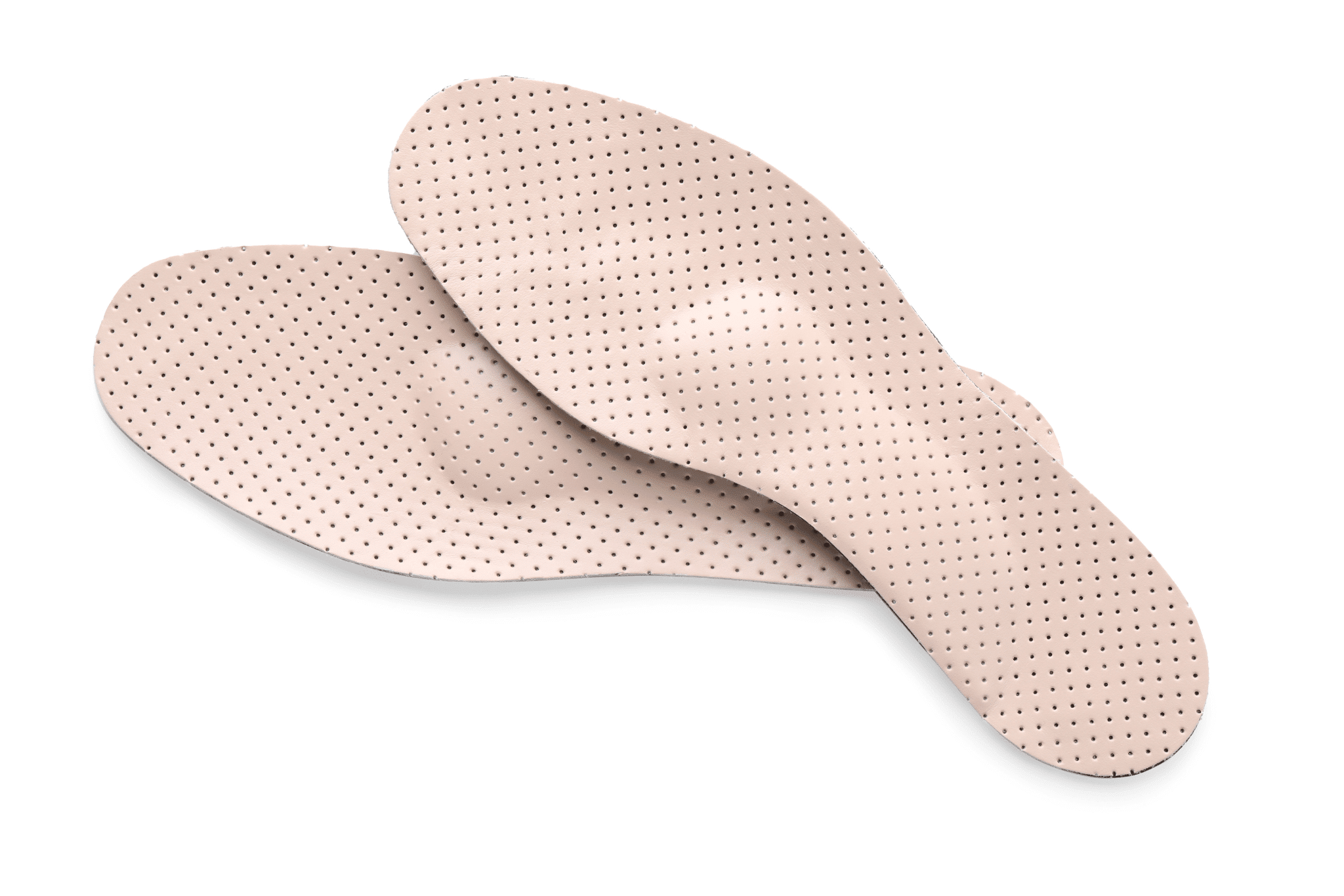Are Custom Orthotics Really Better than Store Bought Insoles?
Foot pain can significantly impact daily life, making effective solutions essential. Orthotics, designed to provide support and alleviate foot-related issues, are a common remedy. However, understanding the difference between custom orthotics and store-bought insoles can help you make a more informed decision about which option is best for your needs.
What are Custom Orthotics?
Custom orthotics are personalized devices designed to support, align, and cushion your feet. These orthotics are tailored to an individual’s unique foot structure and biomechanics. Typically prescribed by podiatrists after thorough examinations, including gait analysis and assessment of foot and ankle conditions, custom orthotics provide a highly specialized solution for foot pain and discomfort.
Custom Orthotics Compared to Shoe Inserts
Store-bought shoe inserts, or insoles, are pre-made footbeds designed to fit inside shoes. These insoles are mass-produced in various sizes and shapes, offering generic support for a wide range of individuals.
While shoe inserts can offer some relief, they are not tailored to address specific foot concerns or conditions. Custom orthotics, on the other hand, are created to match the unique contours of your feet, providing precise support where you need it most.
What are the Big Benefits of Custom Orthotics?
Built for Your Feet
One of the primary advantages of custom orthotics is their personalized design. They are crafted to fit the unique contours of your feet, delivering targeted support precisely where it’s needed. Unlike store-bought insoles, which follow a one-size-fits-all model, custom orthotics take into account your specific foot structure, arch type, and biomechanics. This individualized fit ensures optimal support, alignment, and comfort, reducing pain and improving overall foot function.
Help with More Foot and Ankle Conditions
Custom orthotics are incredibly versatile and can effectively address a variety of foot and ankle conditions. Whether you’re dealing with plantar fasciitis, flat feet, high arches, bunions, or other podiatric issues, custom orthotics offer targeted support and relief.
Unlike generic shoe inserts, they are tailored to your specific needs, providing corrective measures designed for your condition. This targeted approach not only alleviates symptoms but also aids in the long-term management of foot-related problems.
Are More Durable and Built to Last Longer
A key benefit of custom orthotics is their exceptional durability. They are crafted using high-quality materials and advanced manufacturing techniques, designed to withstand daily use while maintaining their supportive properties.
In contrast, store-bought insoles may wear out quickly and require frequent replacements. With proper care, custom orthotics can last several years, making them a more durable and cost-effective solution in the long run.
Can Be Covered by Insurance
Many insurance plans offer coverage for custom orthotics when prescribed by a healthcare professional. While coverage varies, it’s worth exploring this option with your insurance provider. Financial assistance can make custom orthotics a more accessible and affordable solution. By checking with your insurance company, you can determine the extent of coverage and make an informed decision based on your specific situation.
Should You Get Custom Orthotics?
If you’re dealing with persistent foot pain, discomfort, or have been diagnosed with a specific foot condition, custom orthotics might be the ideal solution for you. However, it’s important to consult with our podiatrists to determine the most appropriate treatment.
Our podiatrists will conduct a thorough evaluation of your feet, assess your gait, and consider your individual needs before recommending custom orthotics.
Contact Us for More Information and to Get Your Own Custom Orthotics
At Richardson Podiatry Center, our skilled podiatrists are experts in diagnosing and treating a diverse range of foot and ankle conditions. We offer comprehensive assessments and provide personalized custom orthotics to address your specific needs.
Our team will conduct a thorough evaluation, including a detailed examination of your feet and a comprehensive gait analysis. Based on our findings, we will design custom orthotics that fit your feet precisely, provide the necessary support, and alleviate pain and discomfort.
If you’re considering custom orthotics, reach out to Richardson Podiatry Center without delay. Our dedicated professionals are ready to assist you in improving your foot health. By scheduling an appointment with our podiatrists, you’ll have the opportunity to discuss your concerns, receive a thorough evaluation, and determine if custom orthotics are the right solution for your needs.
Our experts will guide you through the entire process, from the initial assessment to the fitting and adjustment of your custom orthotics, ensuring they meet your specific needs and provide the support and relief you deserve.
Custom orthotics provide clear advantages over store-bought insoles when it comes to alleviating foot pain and discomfort. With their personalized design, ability to address various foot conditions, durability, and potential insurance coverage, custom orthotics are the superior choice.
At Richardson Podiatry Center, we are committed to enhancing your foot health and helping you lead a pain-free, active life. Contact us today to schedule an appointment and discover how custom orthotics can benefit your foot health.

